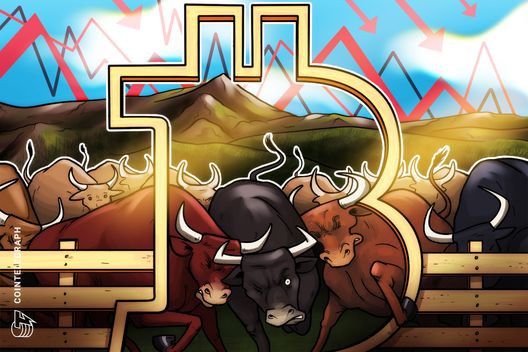In a recent analysis, Axel Adler Jr of CryptoQuant unveiled startling findings about Bitcoin‘s trading activities. The average daily trading volume on centralized exchanges has regressed to the levels last observed in October 2020. This indicates a broad shift towards asset accumulation, as traders hold rather than trade their cryptocurrency. Adler commented,
“No sales on exchanges, no movement on-chain. The market has entered an accumulation phase,”
implying the market’s current state could lead to increased volatility and reduced liquidity.
Why Has Volume Diminished?
The trading volume on centralized platforms has plunged to an average of $965 million per day, marking a stark contrast from the post-pandemic boom. This reduction stems from declining global inflation rates, drawing institutional focus to derivatives rather than spot markets. Compounding this is the regulatory ambiguity, particularly with stablecoin legislation in the US, leading many investors to adopt a cautious approach.
Additionally, decreased activity by miners, due in part to the recent halving of block rewards, and a pivot of institutional funds toward exchange-traded funds (ETFs), further repress trading volumes. Elevated transaction fees are prompting smaller investors toward passive strategies, while significant Bitcoin transactions often occur over-the-counter (OTC), leaving them mostly invisible on the Blockchain.
What Is the New Investment Strategy?
Data indicates that Bitcoin stored in private wallets has reached unprecedented levels. Over 820,000 BTC were removed from exchanges in the last half-year, highlighting a trend toward securing assets in cold storage. Investors, wary of volatility risks, are increasingly exploring passive earning opportunities, such as staking and yield farms.
Despite the shrinking volume, Bitcoin’s price has retained its strength, pointing to a narrative of limited supply. To ignite a new price rally, a rekindling of spot demand on centralized exchanges is deemed necessary. Long-term holders will play an essential role in shaping the market’s trajectory.
– Bitcoin trading volumes have dipped to levels not seen since late 2020.
– An increase in Bitcoin stored in cold wallets suggests a long-term holding strategy.
– Institutional interest shifts from spot trading to derivatives and ETFs.
– Rising fees and regulatory uncertainties contribute to reduced market activity.
The outlook remains dependent on changes in investor sentiment and potential regulatory developments. As long-term holders grapple with market dynamics, their strategies will likely dictate the path of Bitcoin moving forward.
Disclaimer: The information contained in this article does not constitute investment advice. Investors should be aware that cryptocurrencies carry high volatility and therefore risk, and should conduct their own research.
















 English (US)
English (US)